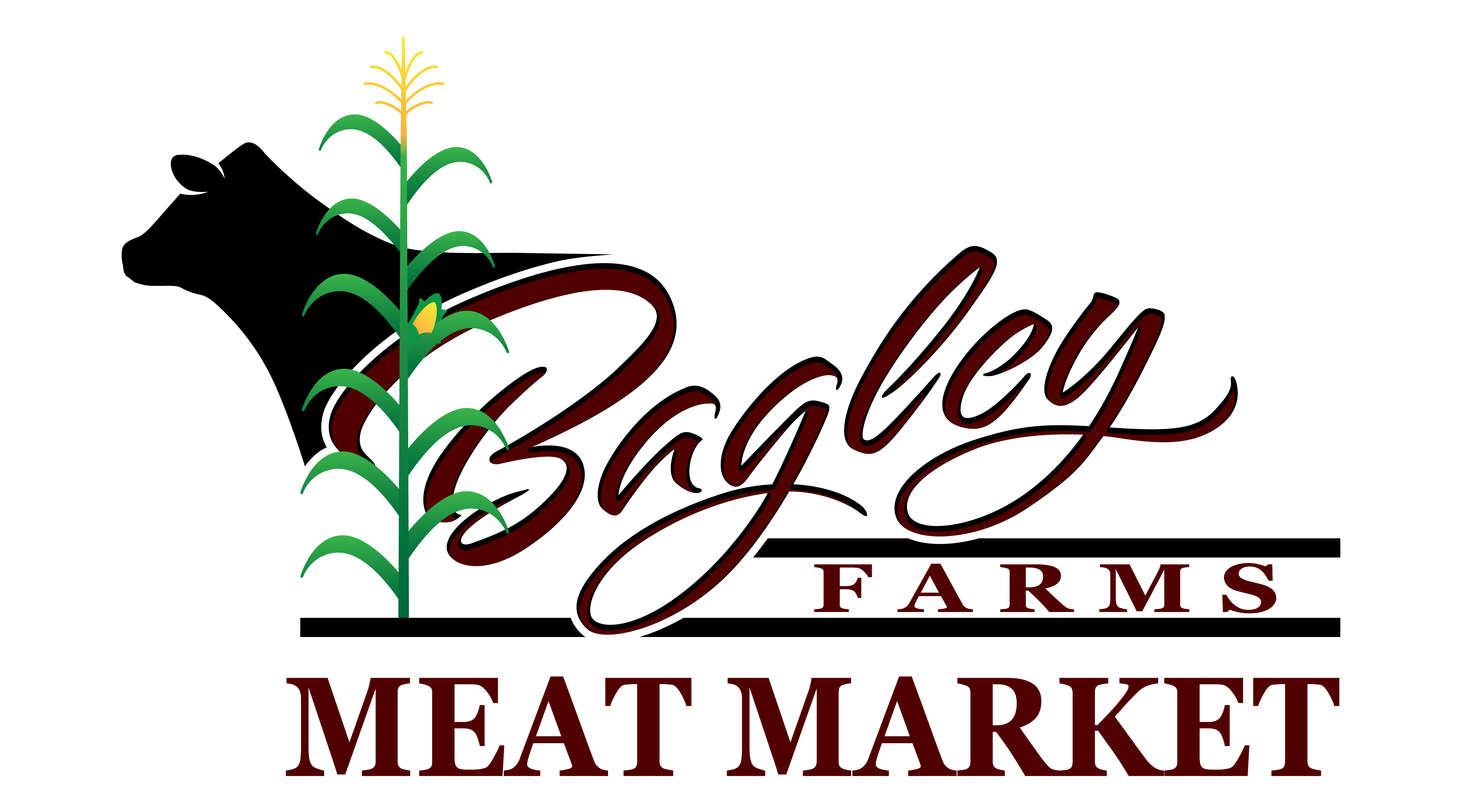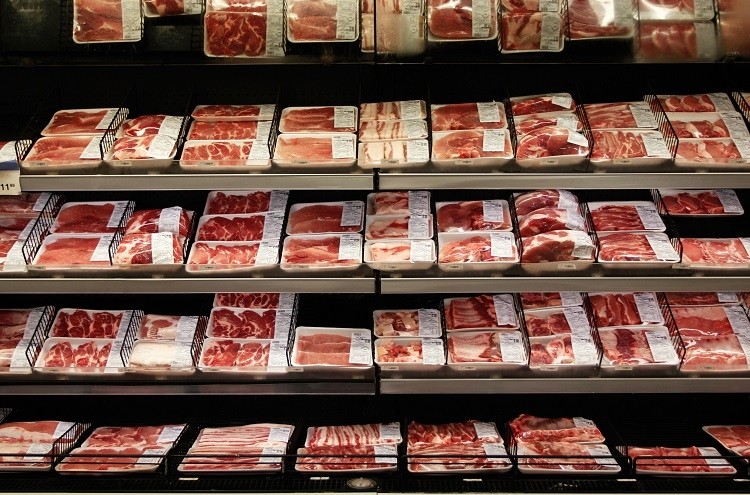Discover Fresh Cuts at Bagley Farms Meat Market Edwardsville IL for Your Following barbeque
Discover Fresh Cuts at Bagley Farms Meat Market Edwardsville IL for Your Following barbeque
Blog Article
Discover the Art of the Butcher's Cut in a Modern Meat Market
In the ever-evolving landscape of modern-day meat markets, the butcher's cut has actually transcended its conventional roots, merging old-time workmanship with contemporary practices. Today's butchers are not merely cpus of meat; they are educated craftsmens who emphasize sustainability and moral sourcing. Their experience in picking and preparing cuts tailored to specific cooking requirements provides an exceptional dining experience. Yet, what truly establishes the contemporary butcher apart is their ability to build a much deeper connection in between consumers and the beginnings of their meat. Exactly how do these masters balance practice with development, and what implications does this have for the future of meat usage?
Evolution of Butchery Methods
The development of butchery methods mirrors a rich tapestry of technology and adaptation driven by innovations in technology, modifications in customer demand, and a much deeper understanding of meat scientific research. Historically, butchery was a craft passed down via generations, with techniques refined over centuries to make best use of yield and taste. Nonetheless, the industrial change introduced mechanization, transforming typical practices and allowing massive handling.
The mid-20th century saw butchery methods better fine-tuned by clinical insights into muscle biology and meat aging, improving both tenderness and preference. Innovations like vacuum packaging and refrigeration extended product shelf-life, permitting butchers to branch out offerings and enhance top quality control. This period also noted the increase of customized tools, such as band saws and meat slicers, which increased accuracy and effectiveness in meat processing.

Electronic systems currently aid in tracking pet provenance and enhancing cuts to satisfy certain client preferences. Additionally, a revival in artisanal butchery has actually emerged, blending traditional skills with contemporary expertise to provide to consumers seeking honest and sustainable meat choices.
Comprehending Meat Cuts
Comprehending the complexities of meat cuts is crucial for both butchers and consumers looking for high quality and value. Each cut originates from a various part of the animal, giving one-of-a-kind tastes, appearances, and cooking techniques - bagley farms meat market edwardsville il. Proficiency of these distinctions not only enhances culinary experiences yet likewise makes the most of the utility of each carcass. For butchers, specific cuts reflect skill and regard for the craft, guaranteeing marginal waste and ideal yield.

Understanding muscle mass make-up is important; muscular tissues utilized extra often by the animal tend to be harder and are best matched for slow food preparation techniques, while less-used muscular tissues, like those discovered in the loin, are much more tender and ideal check over here for barbecuing or roasting. Familiarity with these differences encourages customers to make enlightened choices, improving their culinary ventures.
Picking High Quality Meat
Selecting the right meat entails even more than just picking a visually appealing item from the display. bagley farms meat market edwardsville il. The art of picking quality meat needs a discerning eye and knowledge of specific qualities that signify freshness and excellence. Pay focus to the shade; beef needs to have a bright, cherry-red color, while lamb ought to exhibit a soft pink tone, and pork a light pink. This indicates the meat is fresh and hasn't been subjected to oxygen for also long.
Secondly, consider the marbling, which describes the white streaks of fat within the muscle. Correct marbling is a vital indicator of inflammation and taste, as it melts throughout cooking, enhancing the meat's juiciness. Remember, greater marbling typically correlates with exceptional high quality cuts, such as USDA Prime.
Appearance is an additional important factor; meat ought to feel strong to the touch, not slimed or excessively soft. Furthermore, bear in mind the aroma. Fresh meat needs to have a tidy, neutral scent, complimentary from any type of sour or repulsive smells.
Coupling Cuts With Cooking Approaches

Conversely, tougher cuts like brisket and chuck roast are abundant in collagen, which breaks down into gelatin when cooked slowly. These cuts are suitable for braising or slow-moving roasting, allowing the meat to tenderize with time and develop deep, complex tastes. Cuts such as short ribs and pork shoulder fare well with slow-cooking techniques, where extended cooking times transform their durable appearances into succulent meals.
Lamb shanks and oxtail, which require extended food preparation to tenderize, are perfect candidates for cooking or sluggish simmering. These methods coax out abundant, passionate flavors while maintaining wetness. By recognizing the special attributes of each cut, cooks and home cooks alike can elevate their cooking developments, guaranteeing each recipe is both satisfying and memorable.
The Butcher's Function Today
Navigating the advancing landscape of the modern-day find meat market, the butcher's function today prolongs beyond mere prep work of cuts. Contemporary butchers are cooking craftsmens, teachers, and advocates for sustainable methods. They connect the space in between the farm and the fork by making certain moral sourcing, recognizing pet husbandry, and focusing on openness in the supply chain. This shift reflects the expanding consumer need for high quality over quantity, where provenance and animal welfare are vital.
In enhancement to crafting precise cuts, why not find out more butchers now involve directly with clients, supplying cooking advice and tailoring choices to fit specific requirements and preferences. Their experience in meat aging, marbling, and taste accounts empowers customers to make educated choices, boosting their cooking experiences. This individualized service exemplifies the butcher's evolving function as a trusted consultant in the cooking area.
Furthermore, butchers are crucial in decreasing waste, utilizing entire pets to develop varied items such as sausages and supplies. This comprehensive technique not only appreciates the pet yet also straightens with modern sustainability goals. By doing this, the modern butcher personifies both practice and development, adapting to an ever-changing market while preserving the artistry and stability of their craft.
Verdict
Mastery in comprehending diverse meat cuts and top quality indications encourages butchers to give enlightened suggestions, aligning details cuts with ideal food preparation methods. By honoring historical practices while accepting contemporary demands, the butcher's duty continues to be vital in today's sophisticated meat market.
Report this page